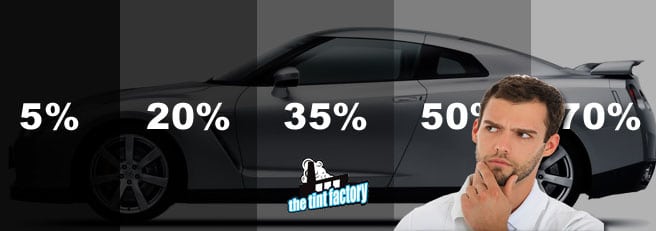

Check what your stock tint is before choosing which tint to add because you could be adding too much, which moves you into an illegal level of VTL%. Also, it’s important to be aware that most vehicles come with some level of tint out of the factory. The issue of possible interpretations of these laws means that it’s not uncommon for states to use ambiguous terms like “non-reflective” or “non-excessive,” which are difficult to define or measure. The two issues that tend to arise with tint laws are the exceptions that exist and interpretation. Above that line, most states allow some level of tint to help with visibility and glare.
Ohio windshield tint law driver#
Windshield - the windshield is the window that the driver looks out of while operating the vehicle.
Ohio windshield tint law windows#
The amount of tint allowed on the rear side windows is often much darker than the front.

While not as high in quality as ceramic, carbon window tint is still a highly recommended option for tint. Ceramic tints fade less over time and can assist in reducing glare even without choosing a darker tint. Also, it can help make the window more shatterproof.

It’s the most effective against sunlight and can cut the inside temperature almost in half. Ceramic tint is made with ceramic particles that don’t conduct heat, so it can help with increased insulation, keeping the car cooler in the summer and warmer in the winter.
Ohio windshield tint law skin#
It blocks more than 99% of UV rays, which are the more harmful parts of sunlight (which consists of three total parts) that cause skin damage, sunburn, eye diseases, and cancer over time. Ceramic Window TintĬonsidered by most to be the highest quality tint available, which also means the most expensive, ceramic window tint serves a lot of purposes. The most well-known kinds are listed below. The material that is allowed to be used on automobiles consists of a pretty short list. Safety issues, windows are difficult to break.Limited visibility, especially at night.Preventing damage to windows via the elements.Preventing damage to the interior from prolonged sunlight exposure.So, 70% means that 70% of the light is allowed passage, whereas 15% is extremely dark because it only allows 15% of the light the penetrate. The percentage commonly associated with the level of the tint is the amount of light the tint allows through. They describe window tint as a material made to disrupt the penetration of UV rays moving through the window into the car.

Kelly Blue Book created a write-up on the seven things you need to know about tinting.


 0 kommentar(er)
0 kommentar(er)
